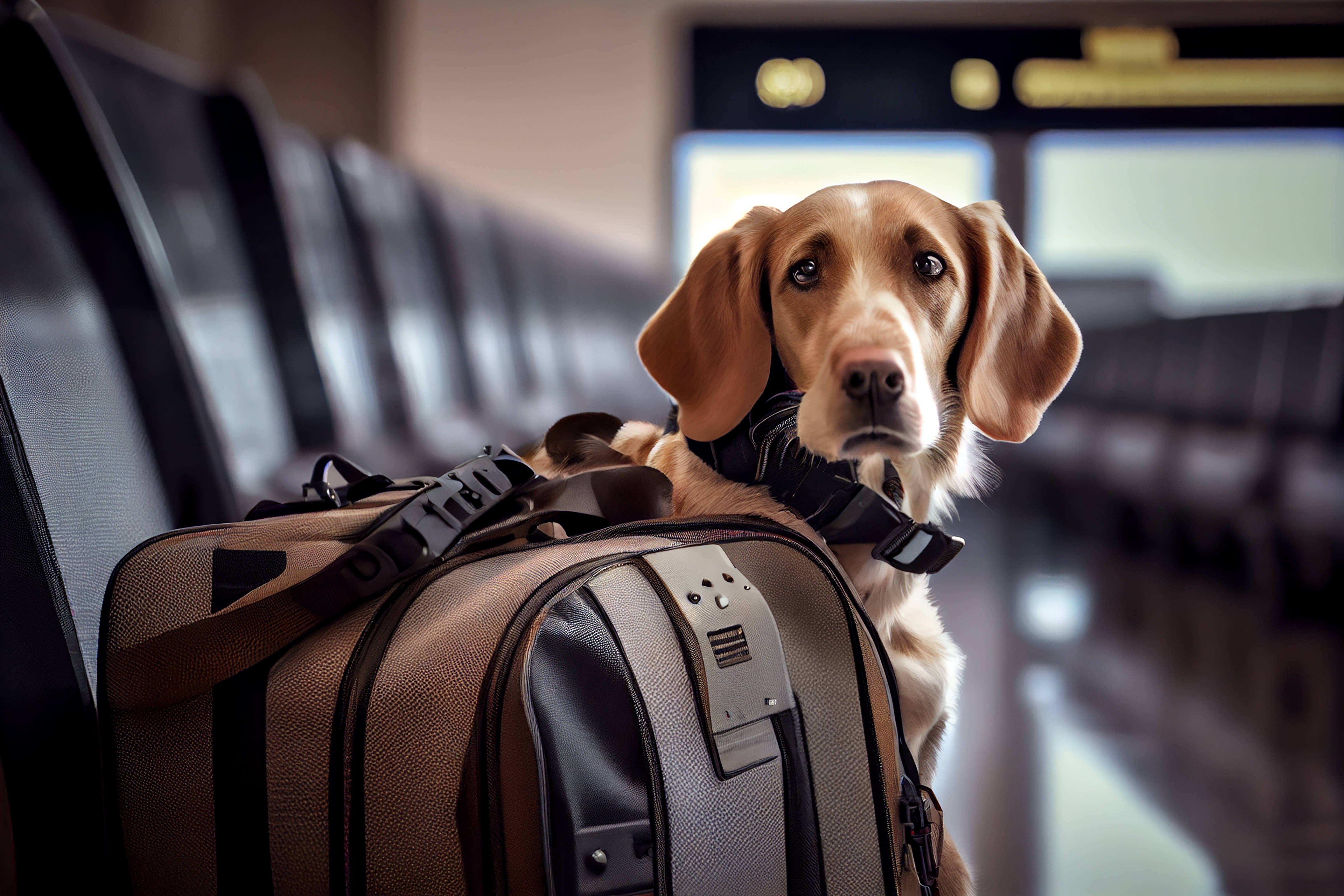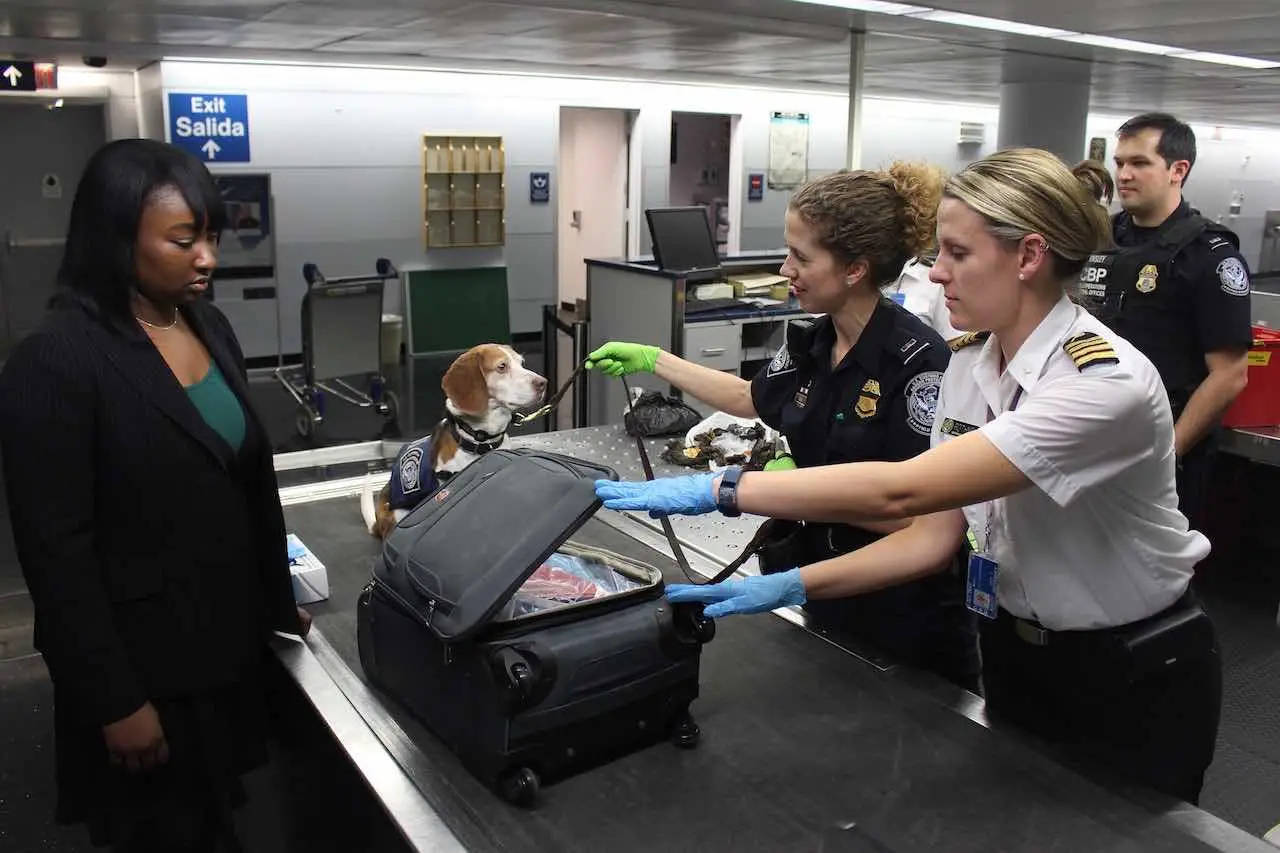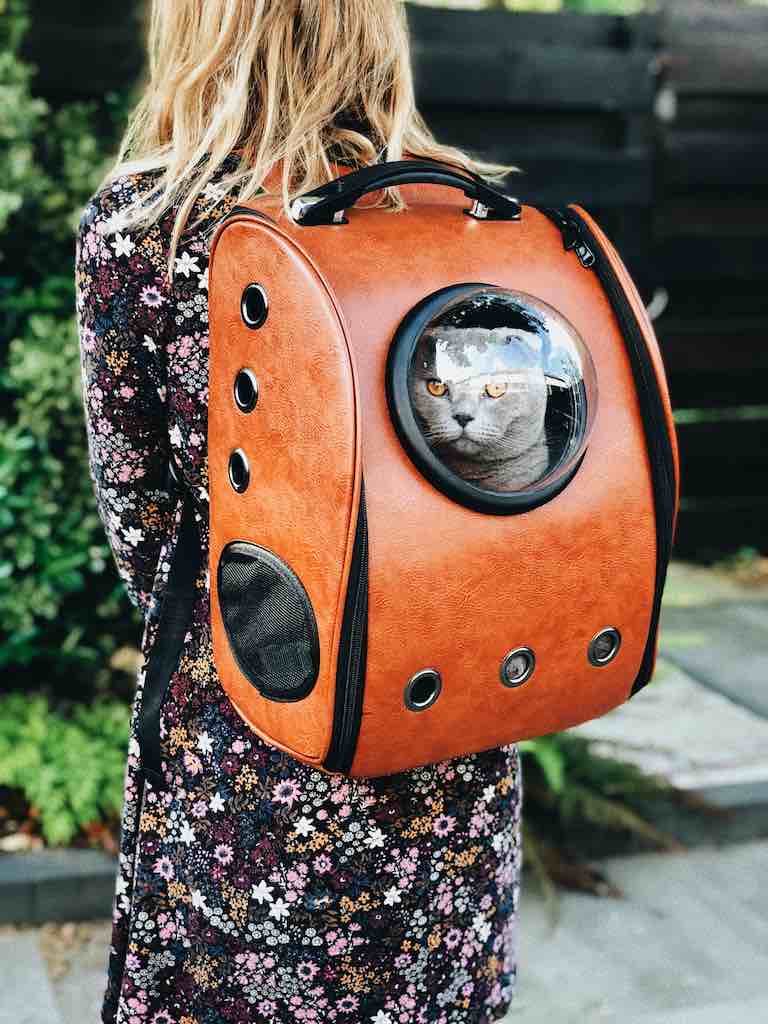Tips for Traveling with Pets
Traveling with pets has become increasingly popular, especially with trendsetting celebrities showcasing their furry companions on the go. Whether you're flying with a dog, cat, or other small pet, it's important to be well-prepared. Here’s a comprehensive guide on what you need to know to ensure a smooth journey with your pet on your next flight.
Prepping Your Pet for Flying
Fit for Flying
Before booking a flight, assess whether your pet is fit to fly. Certain breeds, particularly those with short muzzles like pugs, can experience breathing difficulties in the cargo hold. If your pet appears weak or unhealthy, consider leaving them at home. Airlines with pet-friendly policies usually do not permit pregnant pets or those with suckling offspring, and some restrict specific breeds such as short-snout dogs and cross-bred animals. Always check with your airline in advance to avoid any last-minute surprises.
Pets showing signs of aggression, illness, or physical distress will not be allowed on board. Schedule a vet appointment about a week before your flight to ensure your pet is healthy and fit to travel.
Doggy ID
Ensure your pet has proper identification before traveling. An ID tag on your pet's collar with the phone number and location of your hotel can prevent confusion. Consider microchipping your pet as a safe and permanent form of identification. Verify that the microchip details are up-to-date before your trip.
VIDEO:Ever wondered how your furry friends travel safely on airplanes? In this enlightening video, Captain Joe and his co-star Cody Hill dive deep into the logistics of pet travel on airline jets. From understanding where pets are stored to the safety measures in place to ensure they don't freeze or suffocate, this video covers it all. I was initially anxious about flying with my pet, but after watching this, I felt much more informed and at ease. Join Captain Joe as he demystifies the process and offers invaluable tips for traveling with your beloved pets. Don't miss out—click play to learn more!
Cargo Hold or Carry-On?
The size of your pet and airline policies will determine whether your pet can fly in the cabin or must travel in the cargo hold. Small pets such as dogs, cats, and domestic birds are often allowed as carry-on luggage, provided they fit in an airline-approved travel crate that fits under the seat (generally about 10x15x20 inches and weighing less than 40 pounds). Pets must be at least eight weeks old, fully weaned, and calm, remaining in their carry-on bag for the duration of the flight.
Larger pets will need to travel in the cargo hold. Airlines treat pets in the cargo hold as checked baggage, and they must be kept in an approved travel carrier. Be aware that airlines can deny passage if the weather is too extreme for safe travel in the cargo hold. Contact your airline well in advance and arrive early on the day of departure.
Got Shots?
Ensure your pet’s vaccinations are up-to-date before flying. Pets require a series of vaccines when young, which must be updated every three years. Your vet may recommend additional vaccines based on your travel destination. Inform your vet of your travel plans as early as possible for a thorough health check.
For international travel, a ‘Health Certificate’ from your vet is essential. This document is required for entry into other states or countries and may need a notary stamp and validation by a USDA-accredited veterinarian.
Documentation for Domestic & International Flights
Traveling with a pet requires proper paperwork. Airlines typically require a current health certificate, an Official Health Certificate, a Certificate of Veterinary Inspection, or proof of rabies vaccination. Ensure all shots are up to date. For regular travel within Europe, consider getting an EU Pet Passport. Verify the necessary paperwork for each destination and research countries’ pet policies.
Airlines Pet Policies, Fees & Restrictions
Each airline has its own policies for pet travel, and some limit the number of pets per flight. In-cabin, only two pets may be allowed at a time. Airlines adhere to safety procedures and government regulations, which can change at any time for your pet’s safety. Always contact your airline in advance to understand their specific rules, restrictions, and fees for traveling with your pet.
Most pet travel is domestic due to strict international quarantine requirements. Be prepared to pay $30 to $150 each way for your pet’s travel. Verify the most up-to-date information on your airline’s website before flying. Note that some airlines count your pet as part of your carry-on allowance, so plan accordingly.
Reserve your pet’s space well in advance, as most airlines allow only one kennel in first or business class and two in the main cabin.
Pet Travel Comfort
Once you’ve met all airline requirements, ensure your pet is comfortable for the journey. Consider the following tips to keep your pet calm and happy during the flight:
- Ensure the crate or bag is large enough for your pet to lie down, turn around, and stand freely.
- Trim your pet’s nails to prevent snagging on the carrier.
- Bring your pet’s favorite chew toys, but avoid feeding them on the morning of travel to reduce nausea risk.
- Get your pet accustomed to their crate before the trip, especially if they are a nervous flyer.
- Avoid using sedatives, as many airlines and veterinarians advise against it. Some airlines may refuse to board a sedated pet.
Petiquette
Traveling with your pet requires responsibility for their comfort and health. Proper preparation can make flying with pets as manageable as traveling with children. Be mindful of fellow passengers’ comfort. Follow these petiquette tips:
- Ensure your pet is free from offensive odors before traveling.
- Keep your pet inside their crate at all times during the flight.
- Place a favorite blanket or toy in the crate to help your pet feel at home.
Arrangements Upon Arrival
Upon arrival, promptly collect your checked pet. Unclaimed pets may be taken to a vet or boarding facility after four hours. Ensure your hotel is pet-friendly and has nearby parks or lawns for convenience. Plan your itinerary in advance to avoid surprises and ensure a safe, smooth trip for you and your pet.
A Word About Shipping
Shipping larger animals in the cargo hold requires caution. This method can be dangerous and frightening for pets, especially those too young or old. Shipping exposes pets to environmental changes like air quality, cabin pressure, and temperature, which can cause stress, illness, or even death. Many airlines without temperature-controlled cargo holds won’t allow animal shipments. If you must ship your pet, choose a pet-friendly airline with specific animal shipping guidelines.
FAQ: Traveling with Pets
Find more help here for your journey through the airport




